

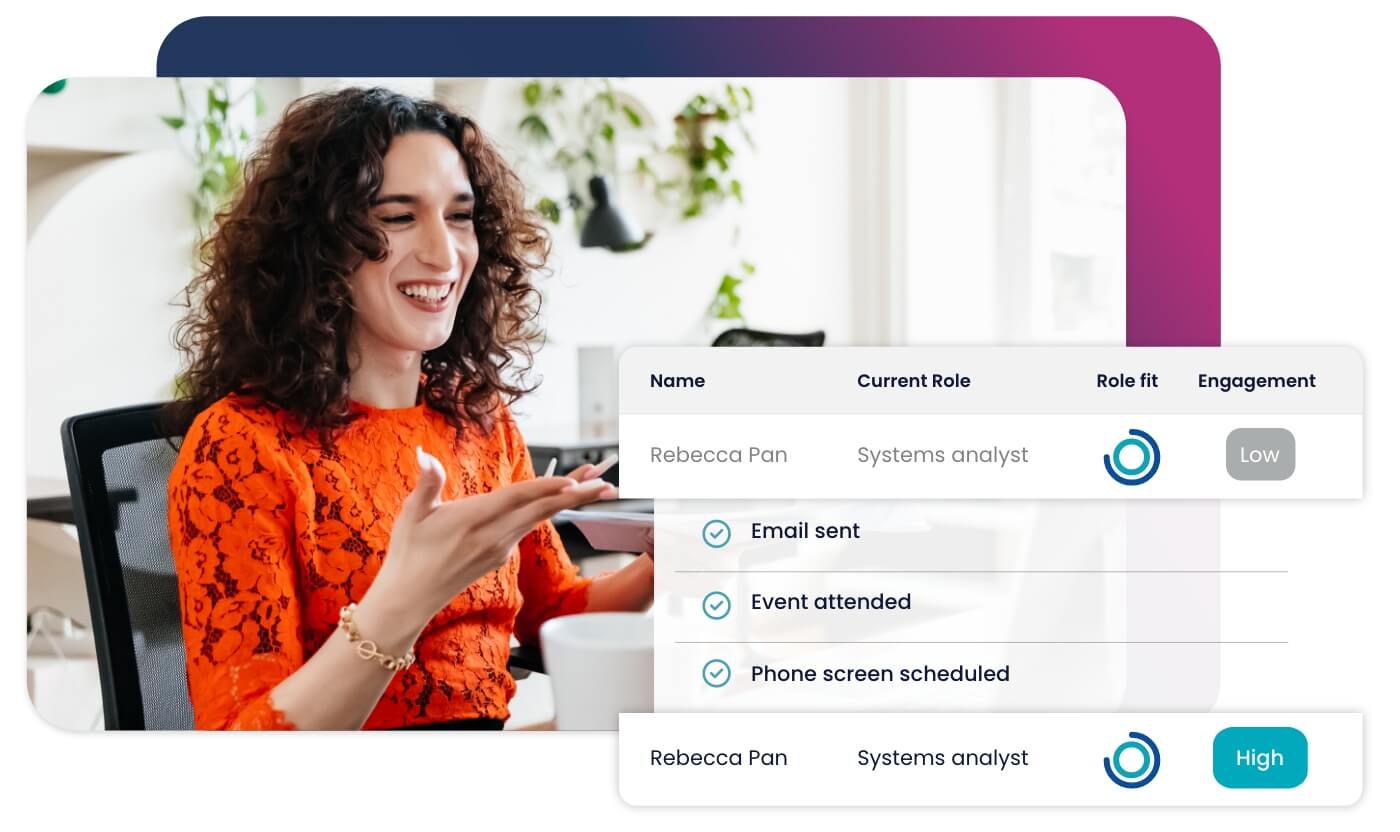
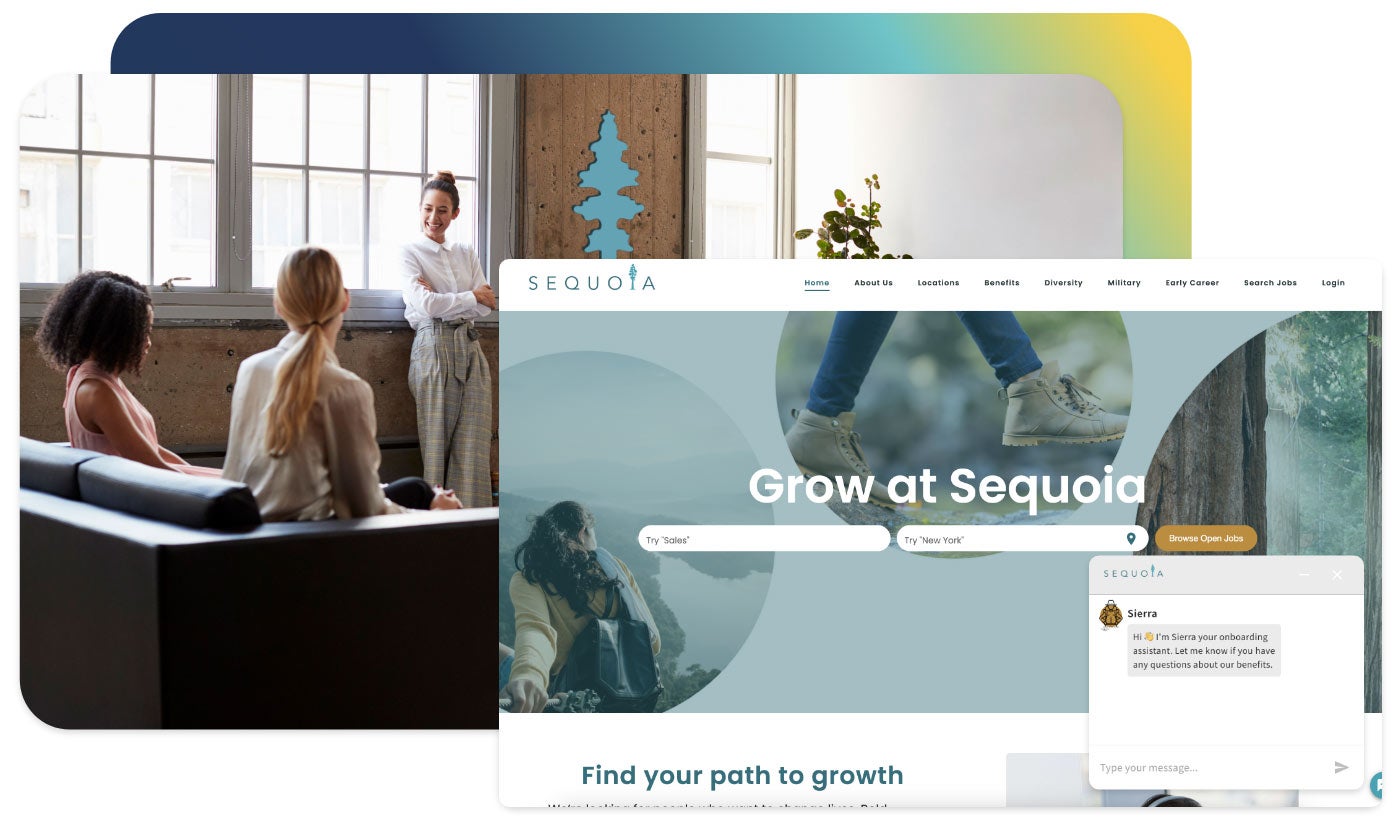


Accelerate hiring key talent to deliver care and exceed patient satisfaction.

Attract skilled candidates, speed up hiring and grow expertise in your workforce.

Simplify recruiting finance and banking talent with a platform for hard-to-fill roles.


Build a talent pipeline that engages and drives your business forward.


See how diverse and global enterprises use iCIMS to employ millions, drive innovation and connect communities worldwide.

Uncover unique market insights, explore best practices and gain access to talent experts across our library of content.


View press releases, media coverage, the latest hiring data and see what analysts are saying about iCIMS.

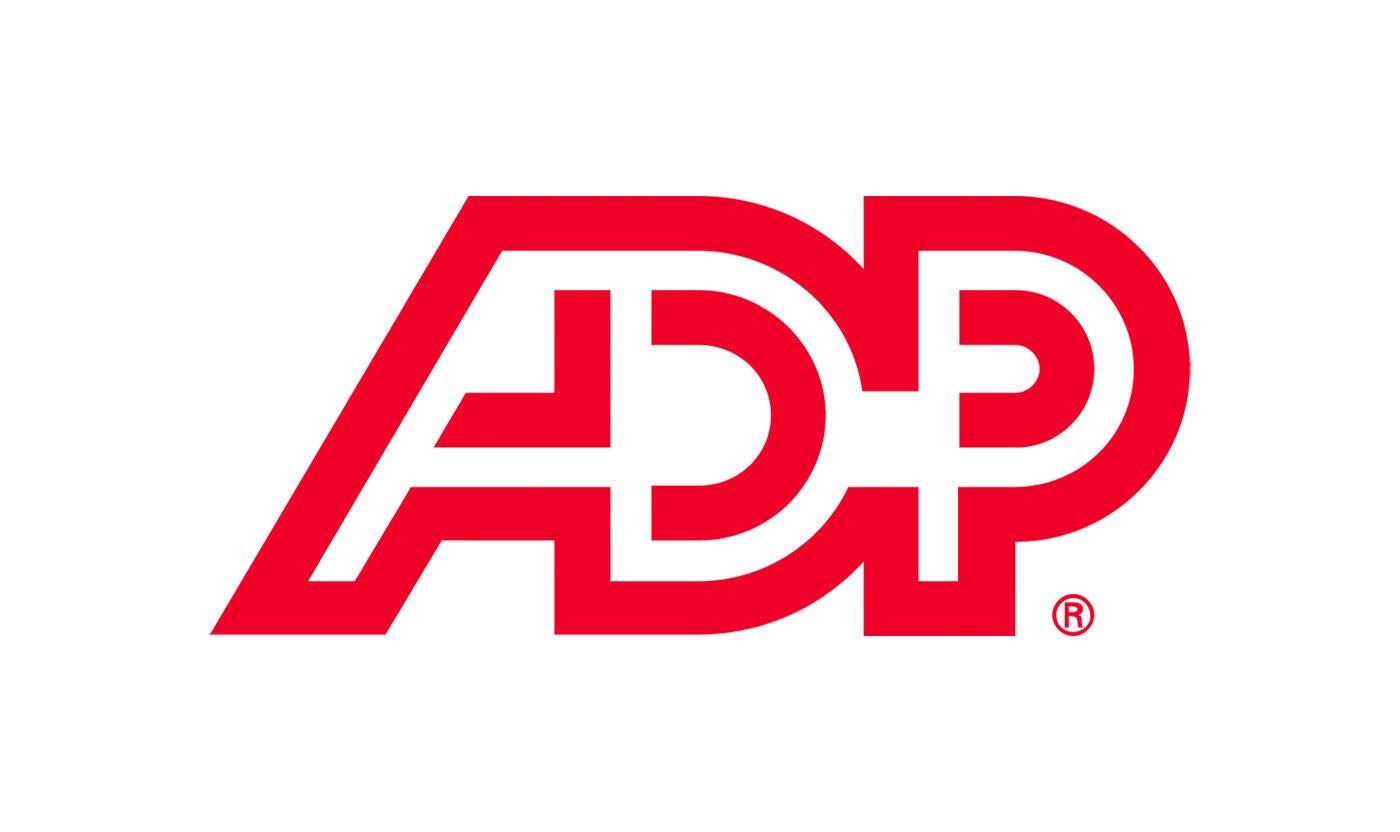
Streamline your tech stack and take advantage of a better user experience and stronger data governance with ADP and iCIMS.
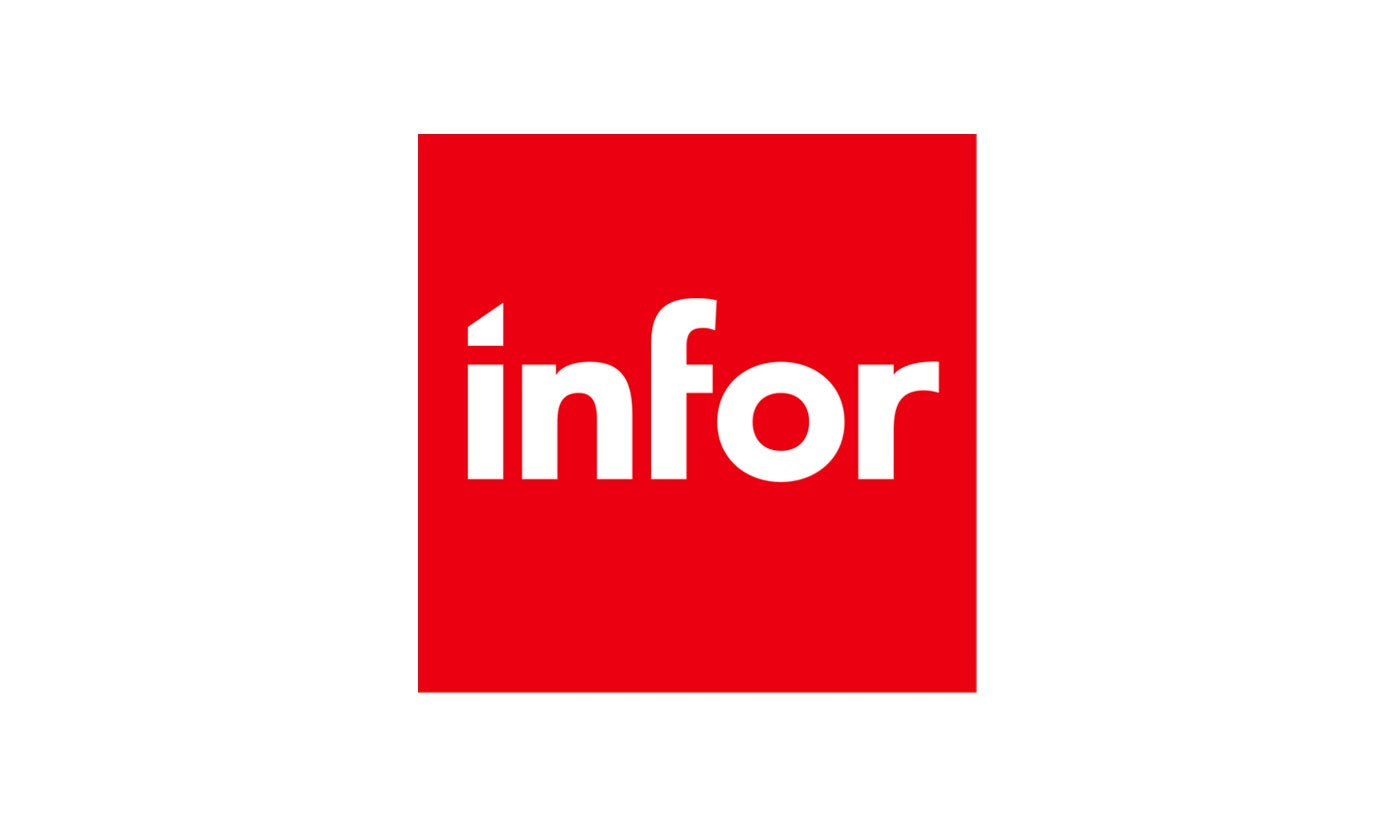
The combined power of iCIMS and Infor helps organizations strategically align their business and talent objectives.
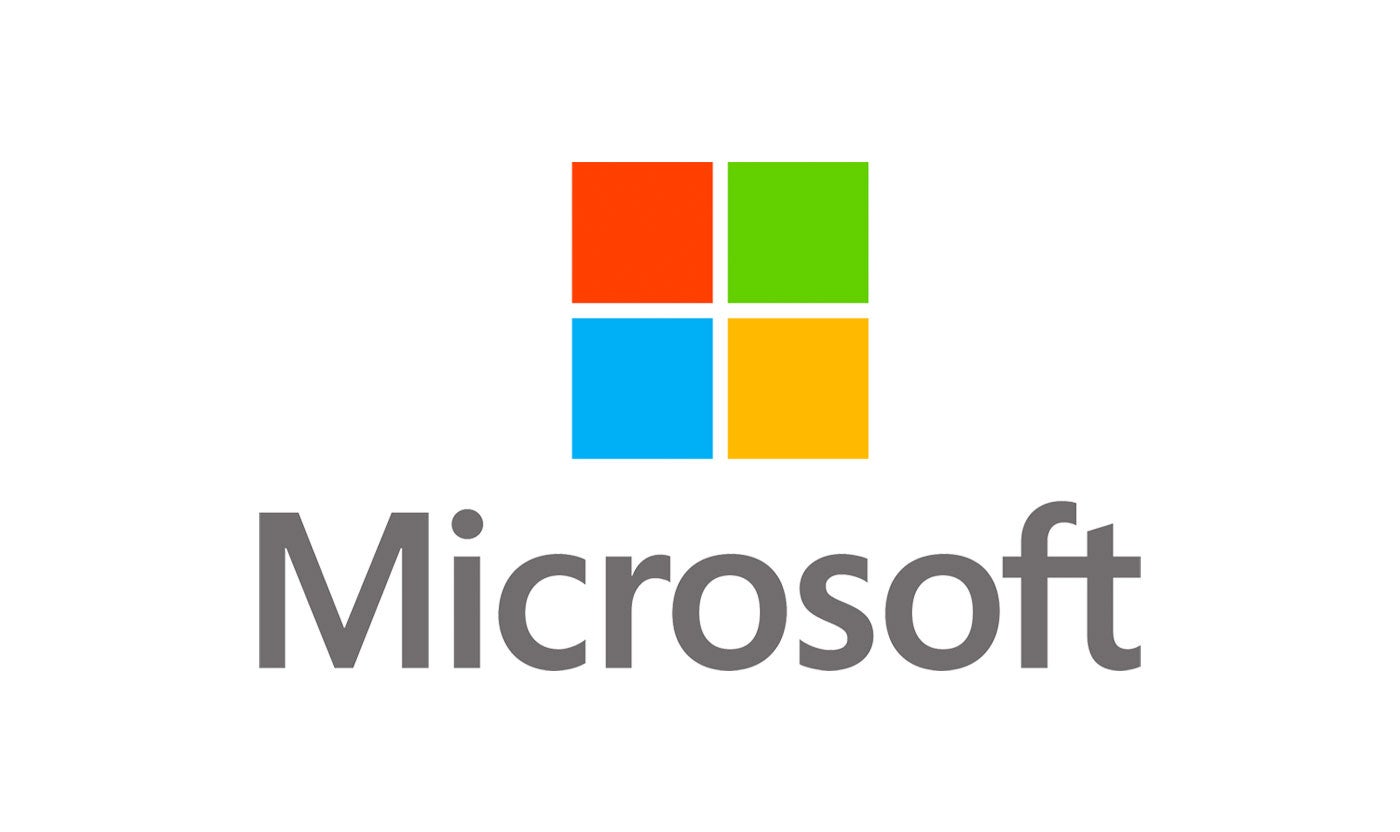
Our award-winning partnership with Microsoft is grounded in a shared desire to transform the workplace and the hiring team experience.
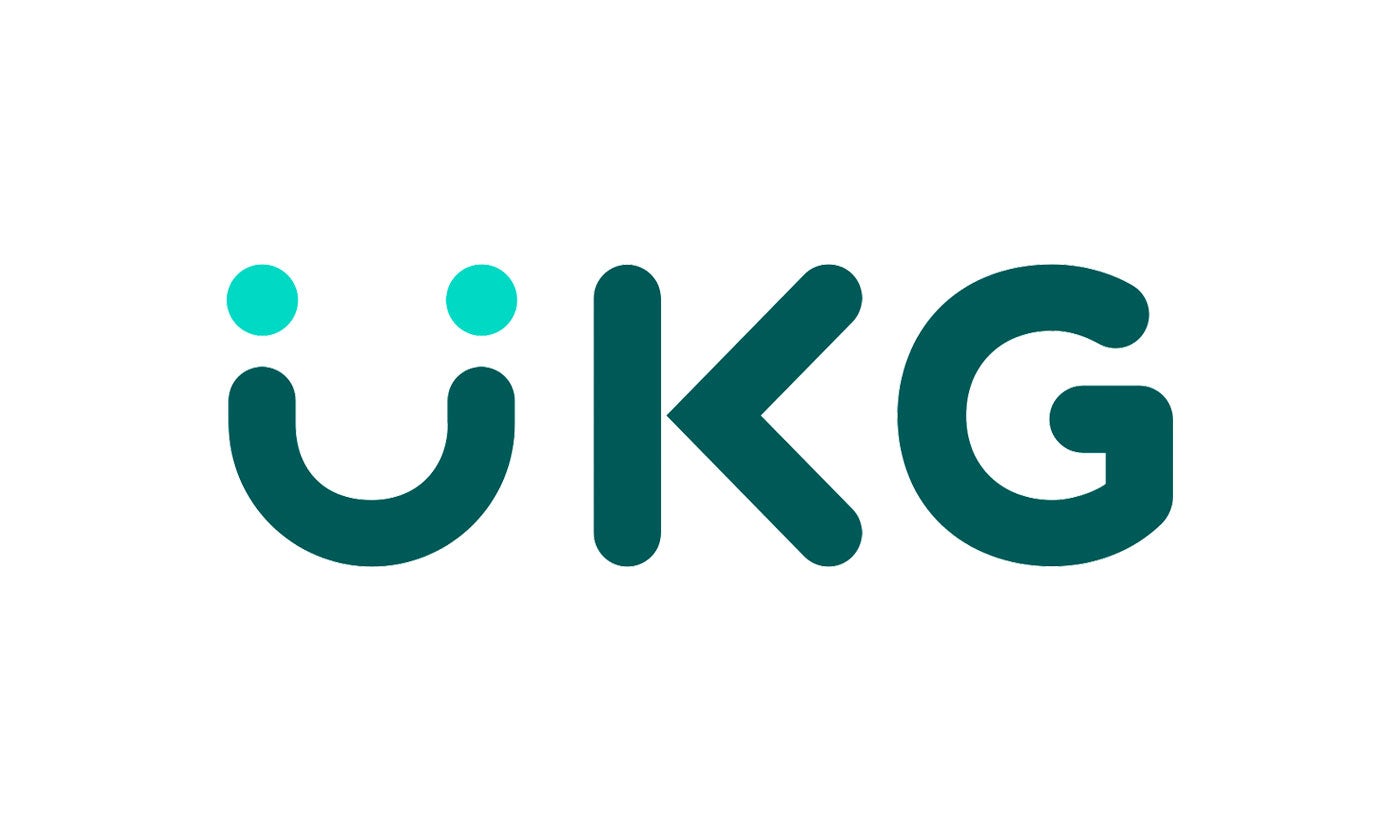
Our partnership with Ultimate Kronos Group (UKG) supports the entire talent lifecycle by bringing frictionless recruiting solutions to UKG Pro Onboarding.

New fintech partnerships, global mergers and acquisitions, blockchain products, and heightened cybersecurity has changed the world of finance.
The most challenging roles for finance and insurance companies to fill now mirror that of Silicon Valley tech giants – software developers, computer programmers, and web developers.
While demand for these roles soars, so do the cost and time required to fill them. At $3,100, the average cost per hire in finance is twice that of other industries. Attracting talent with broader sets of skills and experiences can help keep costs down for finance and insurance employers. However, many of these candidates won’t come from competitors; they’ll come from competing industries.
Here’s a list of tips to boost your finance and insurance recruiting.
With the rise of fintech and more consumer-facing business models, both industries are going through something of a talent renaissance. The need for technology roles is high, creating a new demand for talent.
Attract and engage job seekers to consider the opportunities and rewards of working in your field, starting with your career site.
Here are a few ideas to improve your career site experience:
Money spent on sourcing is one of the most significant contributors to a high cost per hire. Employee referrals are a cost-effective way to leverage the networks of your employees. Better still, hires referred by an employee consistently rank as high performers tend to have longer tenures. In fact, about one-third of companies say employee referrals are their top source of quality candidates.
However, referral programs can quickly lose momentum and fall by the wayside. Here’s how to stop and assess the problem:
| Common challenges with employee referral programs | Potential solutions |
| Referrals aren’t top of mind for your employees; they’re focused on their typical day-to-day duties | Work with department heads and team leads to schedule time for referral conversations periodically |
| Employees refer candidates outside existing, formal channels | Ensure your referral process is easy and all employees understand how it works; pre-generated social posts make it easier for employees to share openings by giving them ideas to work with |
| Referrals are inconsistent across teams and fluctuate over time; participation is sporadic and hard to predict | Employees may not be aware of openings outside their immediate team or business unit; communicate open roles across the business regularly and incentivize participation |
| Employees consistently report not knowing who to refer; of the candidates they do, few are hired | Pull employees’ networks into a collective database (with their permission, of course); use matching technology to pair potential candidates with current and projected openings |
For every hire you make, there’s almost always a runner up, sometimes multiple. Often, these silver medalist candidates are strong fits in their own right.
The time and money you invested in these candidates don’t have to go to waste. Leverage that investment by funneling qualified candidates into a talent pipeline.
This is where a strong candidate relationship management (CRM) system makes all the difference. CRMs help keep candidates engaged over time, making it quicker, easier, and cheaper to source qualified talent.
Take AmTrust Financial, for example. With a world-class CRM, AmTrust boosted its talent pipeline by 700%. As a result, they cut their reliance on external recruiting agencies, saving $13 million per year in fees.
Here’s an easy model to build and engage healthy talent pipelines:
[For more on building healthy talent pools, see The definitive guide to building your pipeline.]
Goldman Sachs hires just 3% of the 500,000+ applicants they get a year. According to Goldman’s talent team, most of these applicants are qualified, motivated, and would do well at the company. For every hire you make you could be eliminating multiple potentially good fits.
How do you choose who stays and who goes? It’s a great problem to have, but a problem nonetheless.
For Goldman Sachs, the answer is AI and machine learning. A combination of three algorithms lightens their hiring team’s workload by screening candidates and matching the right people to the right jobs. AI finds and recommends a manageable shortlist of best-fit candidates. Then, recruiters are freed up for deep dives with top contenders and ensure they receive personal consideration.
A job seeker is likely juggling multiple job opportunities from various finance and insurance employers, each with their own timeline. That’s stressful for candidates and employers alike.
As an employer, your goal is, of course, to lock down candidates as quickly as possible. Automating the job offer process comes in handy – it streamlines the process, cuts through red tape, and makes negotiations easier. You’ll trim days off your process and beat the competition to the punch.
Let’s say you found your next all-star hires. They’re great fits and eager to get started. Digital employee onboarding builds on their excitement by reinforcing the culture and mission that brought them to you in the first place. The result is engaged employees who are bought in and set up for success. This leads to longer tenures and happier, healthier employees.
That’s great for candidates. But what about you? When onboarding is efficient, organizations save money by reducing time spent on administrative tasks.
Take Fulton Financial. Onboarding at Fulton used to involve tedious in-person paperwork (43 documents to be exact, but after a certain point who’s counting?). Today, their onboarding experience is entirely digital, which dramatically improves productivity time and eliminates all manual paperwork.
[Looking for more onboarding tips and tricks? See How successful onboarding kickstarts employee engagement and retention.]
Finance and insurance recruiters work in two different worlds. One with high-volume roles. The other with hyper-specialized positions where candidates are fewer. They need recruiting solutions capable of filling both.
To get the most out of your finance recruiting, an applicant tracking system can support high volume hiring, source niche talent, and move applicants with diverse skills, backgrounds, and credentials through the hiring process as quickly as possible.
Moving to the iCIMS’ cloud recruitment software is easier than you might think, even for the largest, most complex finance and insurance organizations.
Unlike HCMs, which give away ATS modules at no (or low) cost, iCIMS’ continually invests in and evolves its applicant tracking software. That’s crucial for talent leaders who are looking to develop their workforce years out into the future.
Learn more about focused applicant tracking. Download The Business Case for a Focused and Inclusive ATS.
Looking for more information about finance and insurance recruiting? Check out our insurance recruiting page. It’s got a quick-hit list of solutions. You can also submit to see a demo from there.



